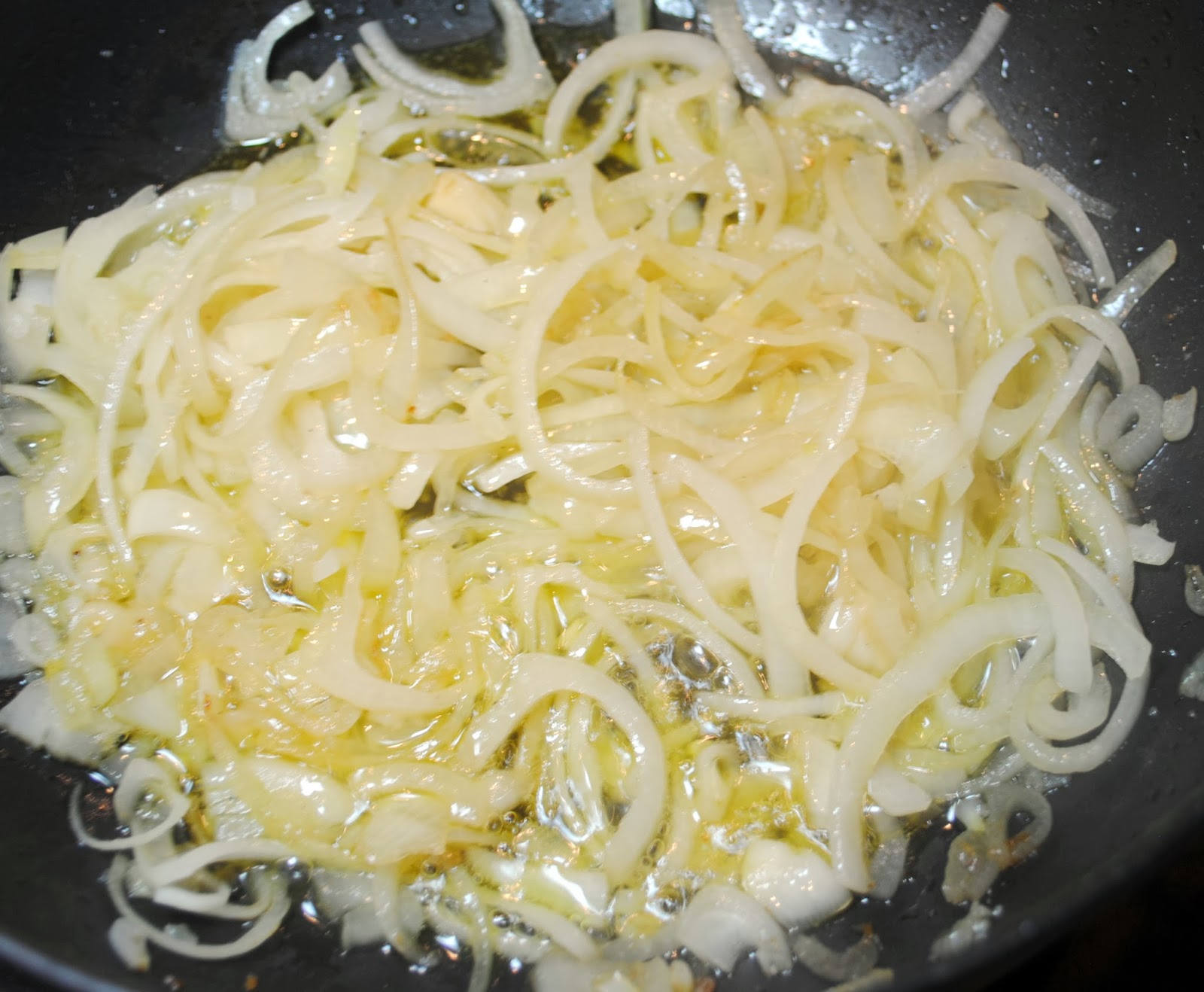This is like the fast-food version of coq au vin only with
beer. That’s not to say it’s a fast fix by any means, but it doesn’t involve
two days in the kitchen, and no flames are involved. Counting my advance
chopping, I probably spent two hours on this dish, and some of that time was
spent just enjoying Verloren while the Jensens rocked out Osmo and the gang’s
version of Beethoven’s Sixth.
The recipe exemplifies why I’m on my cooking-through-the-cookbooks
quest. It’s a cookbook that came into my possession who knows when and despite
its manifold attractions, I’ve never cooked anything from it. Essentially all
the recipes make me drool, but I’ve never gotten off my duff to tackle them.
That’s partly just overall inertia, and partly the fact that the recipes are
long and a little dense, so they’re best made when you can set aside some time
without distractions. But based on the results from my first foray, I’d say it
was worth the effort. And two hours beats two days by any math.
Chicken Braised in
Beer
From “French Farmhouse Cookbook” by Susan Hermann Louis
I’m not going to take the time to transfer the entire
recipe, since any adaptation I did to it was pretty minor, and especially since
she has delightful phrasing worth reading on its own (we are instructed to cook
the pearl onions at a “lively simmer,” a phrase that just made me smile.) This
link takes you to the full recipe with details about the book, so I’ll just
list ingredients and basic details.
Ingredients:

2 tablespoons olive oil
8 pieces of chicken (use a mixture)
1 large onion, cut in half, then thinly sliced crosswise
2 tablespoons flour
4 cups dark beer
1 bouquet garni comprised of the following wrapped up in
cheesecloth: 5 parsley stems, 3 bay leaves, 2 green leek leaves, 12 sprigs of
fresh thyme
1 tablespoon butter
40 pearl onions (this is nearly all of two of the standard
size bags), peeled
1 cup chicken stock
10 ounces bacon, cut into bite-size chunks
12 ounces cremini mushrooms, sliced into quarters
½ cup parsley leaves
Method:
The chicken gets browned in the oil on all sides in stages,
then set aside. The sliced onions get browned in the same pan. The flour is
added and stirred/cooked to make a roux. Then all the chicken goes back in the
pan along with the bouquet garni and the beer. It gets simmered partially
covered for most of an hour. The recipe calls for removing the chicken and
reducing the sauce, but I just let the chicken cook a little longer while it
reduced over high heat.
Unlike traditional coq au vin, the bacon, pearl onions and
mushrooms aren’t added until near the end of the cooking process and are
referred to as garnishes. The premise is this makes their flavors be more
discrete rather than blended. It does result in more last-minute fuss, as each
one gets cooked separately, but it’s darned tasty.
We paired this with a green salad and an apron’s worth of
potatoes from the basement larder roasted until they squealed. All-in-all an
official Sunday: an afternoon spent exploring the Museum of Russian Art,
followed by a suitable extravaganza of food and then time to settle in for the
finale of “Downton.” Worked for me.













